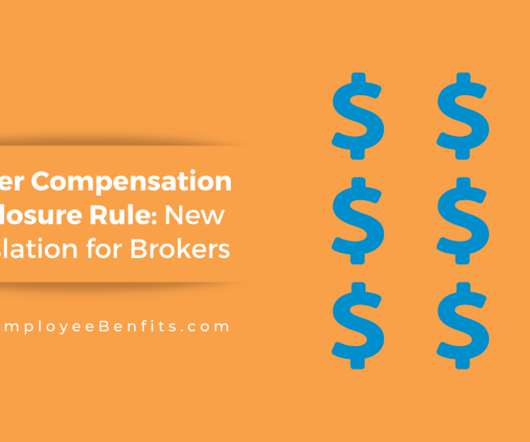Co-fiduciary Can’t Be Sued for Indemnification in 8th or 9th Circuits First Reliance Standard Life Ins. Co. v. Giorgio Armani Corp. U.S. No. 21-861, Cert. Denied 2/22/22
Benefits Notes
MARCH 1, 2022
Section 405 of the Employee Retirement Security Act of 1974 (ERISA) provides for joint liability for co-fiduciaries of a pension, health or welfare benefit plan. In this case, there was an enrollment error in signing up an employee for life insurance coverage with his employer – Georgio Armani Corp.












Let's personalize your content